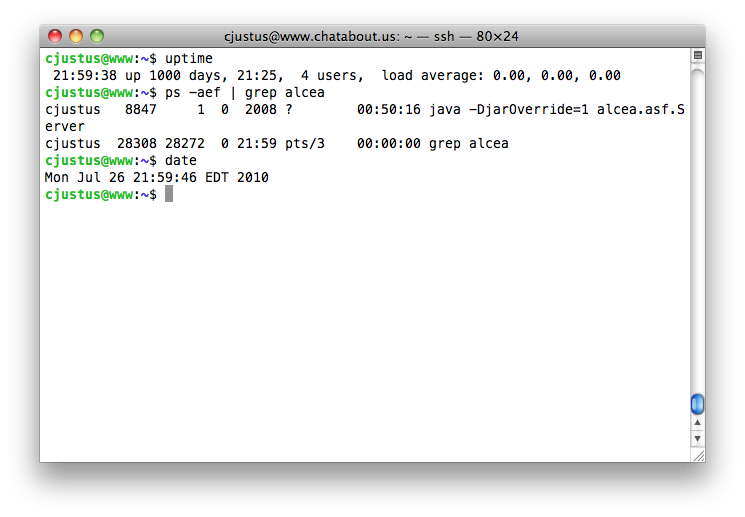I was fortunate enough to get invited by RIM to speak at their annual conference, called the
Wireless Enterprise Symposium (WES2007). I was discussing our experience as we begin to implement a mobile interface for our enterprise issue tracking software,
FIT. It’s been a terrific four days, with RIM keeping everyone generally educated, fed and entertained. I’ve met and talked with dozens of people at various companies around the world – it has been quite eye opening to see how much mobile technologies are being used and deployed at so many different organizations. The most valuable part of the conference in my mind has been the networking sessions as well as the customer / user portions of the sessions that I attended (real users, real world stories – great stuff).
There were 2 tremendous keynote speakers at the conference as well. Both of these speakers spoke about topics that dealt with RIM, management, judgment, and innovation.
Malcolm Gladwell. He’s a tremendous story teller, and actually went to University with Jim Balsillie (co-CEO of RIM), and Malcolm claims that he “knew Jim when he was poor”. The general gist of his talk dealt with the fact that an expert’s intuition (the split second judgment and decisions) is better than spending time analyzing a problem – because this can lead to information overload, and second guessing. One particular example he gave was how doctors assess whether a patient is having a heart attack when they have chest pain. He outlined how in the past – doctors accuracy rates had actually been quite low – but that they substantially improved when information was removed – the diagnosis was more accurate if they knew just their blood pressure, ECG (and two other factors). Things were much more accurate if the doctors ignored the patient’s age, family history of heart problems, smoker, etc. They were actually facing information overload, and unable to process all of the factors. This ties into what we are trying to do for leaders and managers running their organizations with FIT. Email and IM can be tools that allow leaders to micro-manage, collect too much information, and over-analyze. Our issue management tool FIT allows leaders to see the most relevant information, the most pressing issues, and filter out some of the noise of the day to day operations of the business. Malcolm’s talk was extremely relevant to our product.
The second keynote speaker was
Clayton Christensen, a professor at Harvard. Professor Christensen described some of the analysis he had done to look at why successful companies fail. Why all of the minicomputer manufacturers more or less went out of business in the 80s and 90s (IBM succeeded by creating separate business units with mandates that allowed them to kill their core businesses: Mainframe to minicomputer, and minicomputer to PC), why North American car manufacturers are struggling, and how the iPod has succeeded where the iPhone will likely fail. Again, a great speaker, and once more, at the core of his talk, was information as it relates to FIT. In his talk (and his book, Seeing What’s Next, that RIM gave to all WES attendees), Christensen describes how there are disruptive opportunities when customers:
1) Are paying too much.
2) Require too much skill to use a product.
3) Have limited access to a product.
4) That is too time consuming to use a product.
All 4 of these factors are issues that FIT addresses when compared to existing “enterprise” systems. Systems that can take weeks to install, require consultants to configure, and that certainly are impossible to try before you buy – simply because of the complexity the products themselves. FIT deals with all of these needs including publishing pricing information on our site (no need to talk to a sales person first), and allowing everyone to try before they buy. Our goal is to have fully functioning systems up in minutes, and completely configured systems matching our customers requirements and needs (rather than requiring customers to change business processes to meet our software’s needs). We are aiming to bring information management to the masses – A perfect paradigm comparison to the shift from mainframes to PCs.
Watch this space over the next two weeks, as we begin to put detailed information (more detailed than in our presentation at WES), documenting how we have taken our issue tracking tool and made it mobile enabled, particularly for the BlackBerry but the same web-based interface is available to Windows Mobile and other mobile devices as well.






